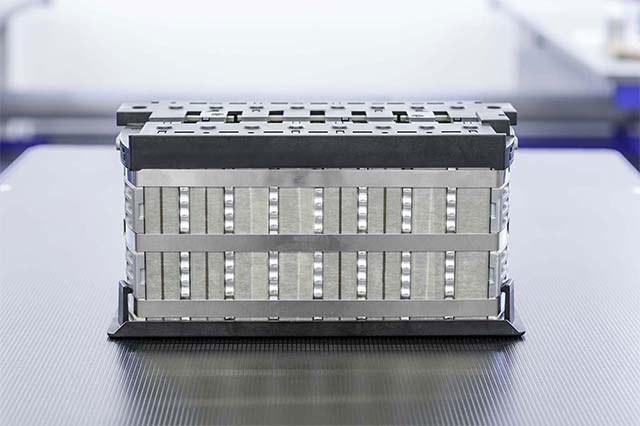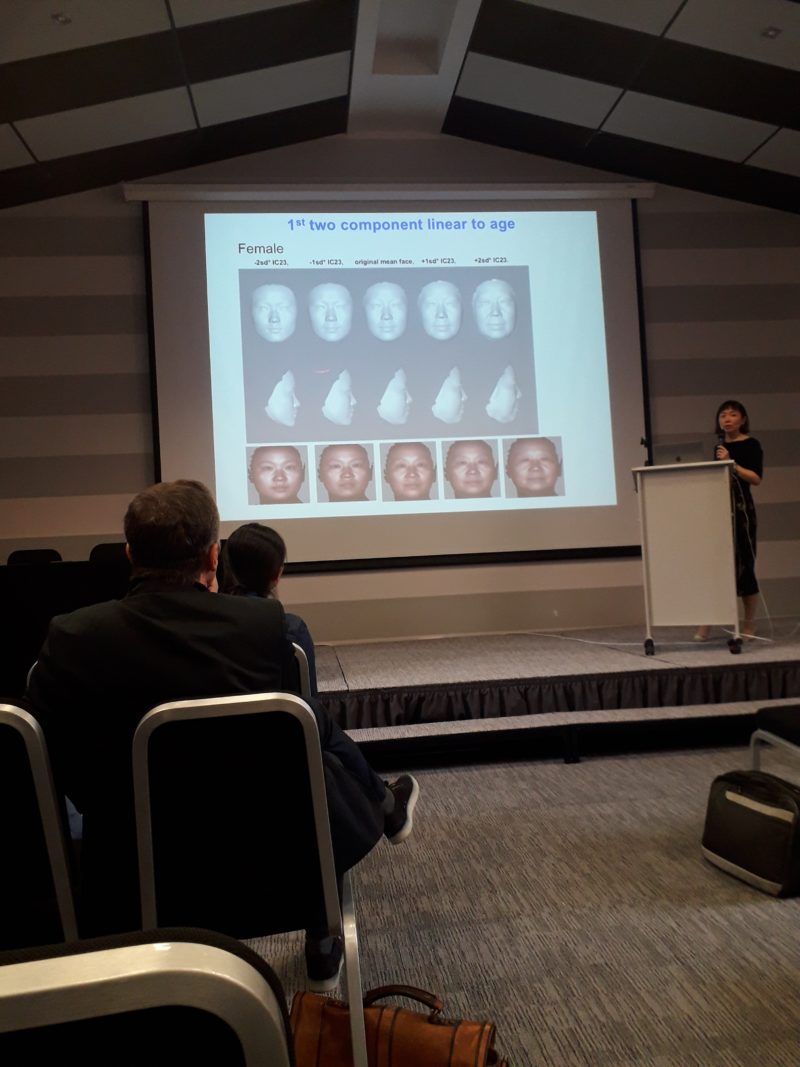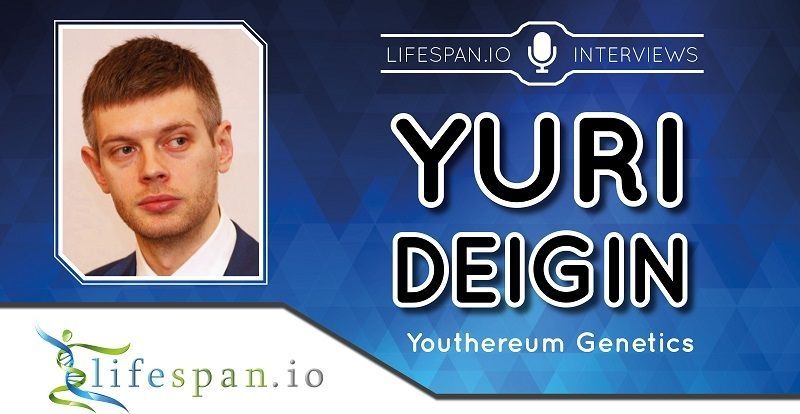Apr 5, 2019
Innolith Energy Battery could power an EV for 1000 km on a single charge
Posted by Quinn Sena in categories: energy, transportation
Switzerland-based energy tech startup Innolith AG announces that it is developing world’s first 1000 Wh/kg rechargeable battery.
Under development in the company’s German laboratory, the new Innolith Energy Battery would be capable of powering an electric vehicle for over 1000 km (over 620 miles) on a single charge. The Innolith Energy Battery would also radically reduce costs due to the avoidance of exotic and expensive materials combined with the very high energy density of the system.
In addition to its range and cost advantages, the Innolith Energy Battery will be the first non-flammable lithium-based battery for use in EVs. The Innolith battery uses a non-flammable inorganic electrolyte, unlike conventional EV batteries that use a flammable organic electrolyte. The switch to non-flammable batteries removes the primary cause of battery fires that have beset the manufacturers of EVs.
Continue reading “Innolith Energy Battery could power an EV for 1000 km on a single charge” »

















